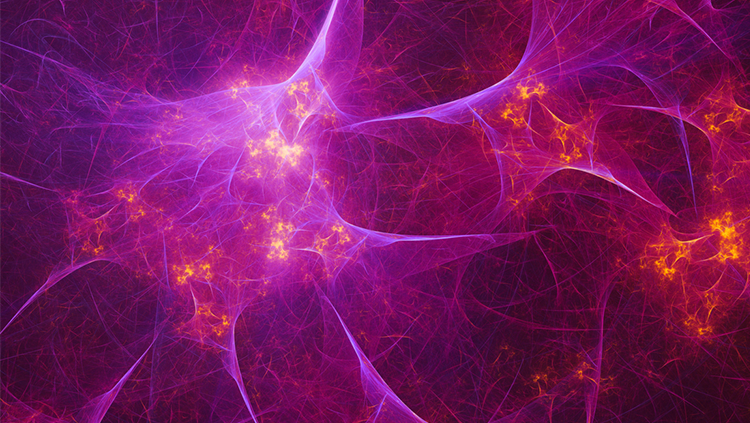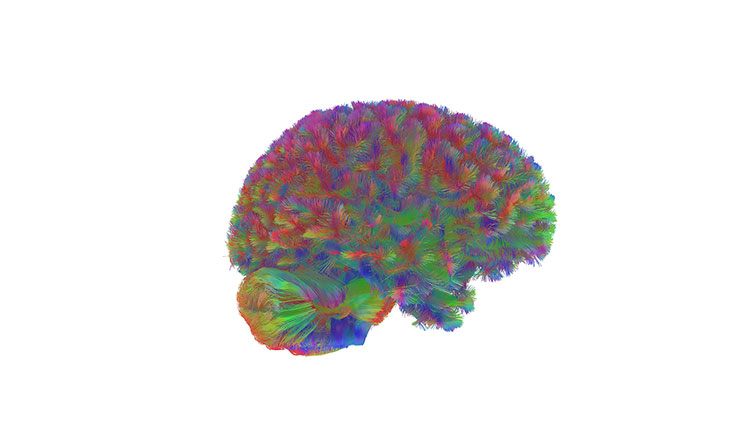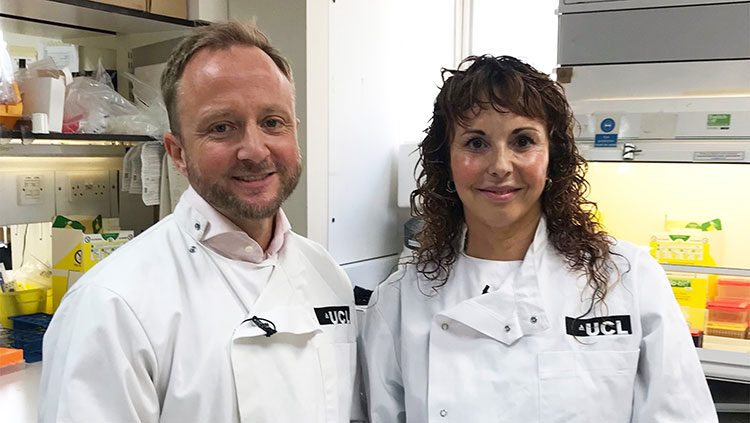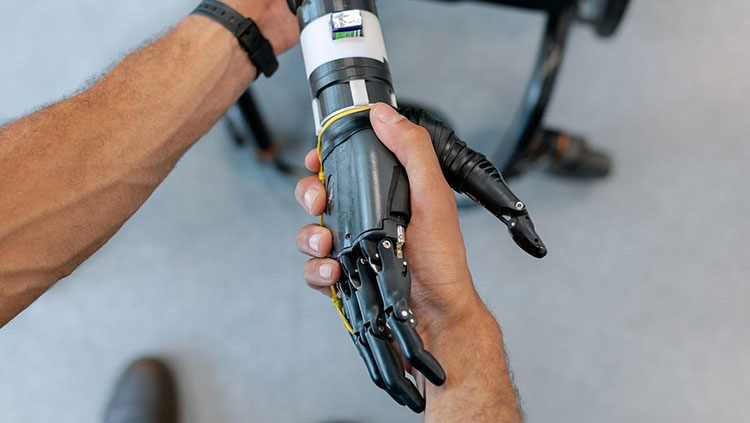ICYMI: Drugs Targeting “Zombie” Cells May Help MS
- Published12 Jan 2024
- Author Christine Won
- Source BrainFacts/SfN
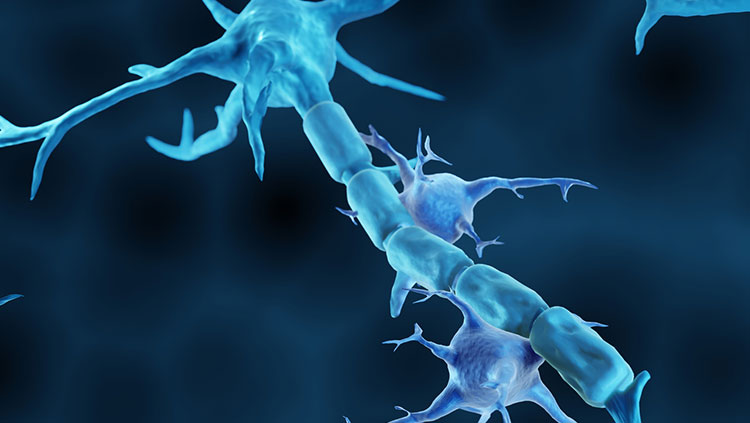
Senescent cells — or “zombie cells” that stop multiplying but do not die off as they should — may offer treatment targets in multiple sclerosis (MS), a mouse study suggests. The research was presented by Phillip Gross of Georgetown University in November 2023 at the Society for Neuroscience’s annual meeting in Washington, D.C.
Gross and his colleagues explored the connections between senescent cells, which are hallmarks of aging, and demyelination, which is the loss of myelin (the protective sheath surrounding nerves to enable better communication) that is found in MS.
They found older mice with damaged myelin had a sixfold increase in senescent cell markers compared to younger mice with the same damage. In mice treated with senolytics — a class of drugs targeting senescent cells — there was a 65% boost in the production of a protein that rebuilds damaged myelin.
The findings suggest removing senescent cells may aid the regeneration of damaged myelin, at least in mice.
Big Picture: Senolytics are currently being evaluated in clinical trials and not approved for use in humans. Further research is needed to determine if these findings from the mice study hold promise for people with MS.
Read More: Removing zombie-like cells may help treat multiple sclerosis. New Scientist
More Top Stories
- A Japanese study found an antioxidant in wasabi — the green condiment often paired with sushi — significantly boosted cognition and short-term memory. CBS
- A mouse study suggests regular use of ketamine may alter the brain's reward system. Genetic Engineering and Biotechnology News
- Researchers mapped dopamine in real-time inside the deep brain regions of three participants, unveiling more intricate pathways of the neurotransmitter. New Atlas
- Some mice passed the mirror test of self-recognition in a study, a measure of a certain self-awareness often attributed to more intelligent species like humans or chimpanzees. ScienceDaily
- Researchers devised a biocomputing system made of living human brain cells — called "Brainoware" — that could recognize one person’s voice out of hundreds of audio clips. New Scientist
- Frightened mice experienced more microarousals — snips of wakefulness that disrupt sleep. Researchers found the neurons responsible for microarousals became more active under stress deep inside the brain. Nature
- DeepSouth is the new supercomputer designed to mimic the human brain. With a neuromorphic ability to perform 228 trillion synaptic operations per second, it is scheduled to go live in April. The Conversation
- Stronger neural links in parts of the brain like the amygdala (which processes emotions) and the prefrontal cortex (involved in higher-level function) may be indicators of better stress management and resilience, according to brain scans of teenagers taken before the pandemic. Science News Explores
- Reindeer can chew and sleep — at the same time. The same brain waves that appear during non-rapid eye movement sleep showed up while the reindeer were chewing cud, so the animals were similarly rested after eating as if they had slept — helpful during the short Artic summers when they spend most of the time grazing in preparation for winter. Science News
CONTENT PROVIDED BY
BrainFacts/SfN
What to Read Next
Also In Neuroscience in the News
Trending
Popular articles on BrainFacts.org



